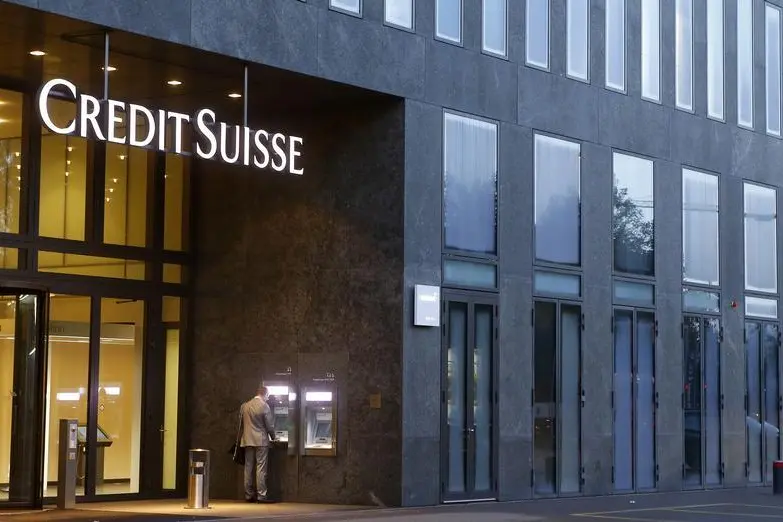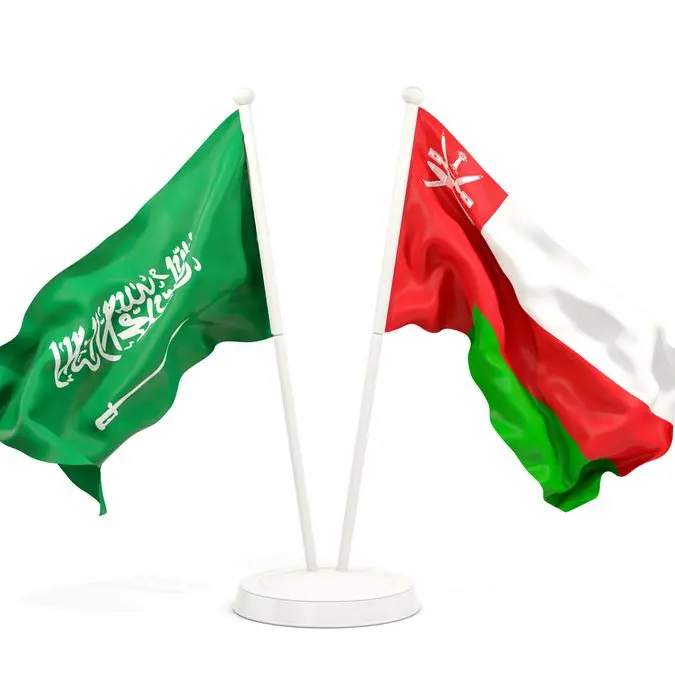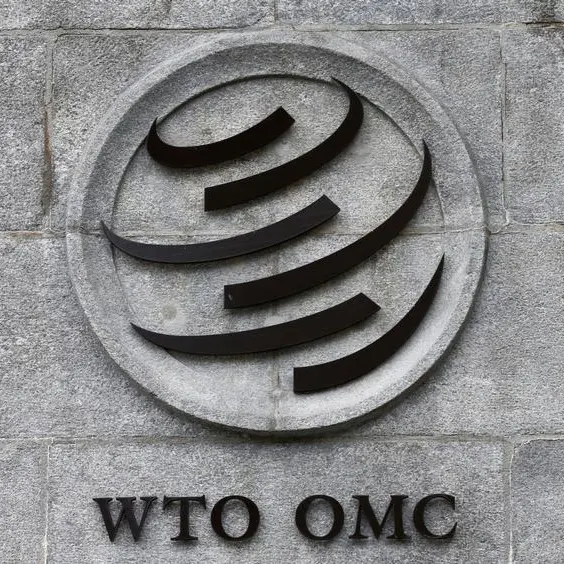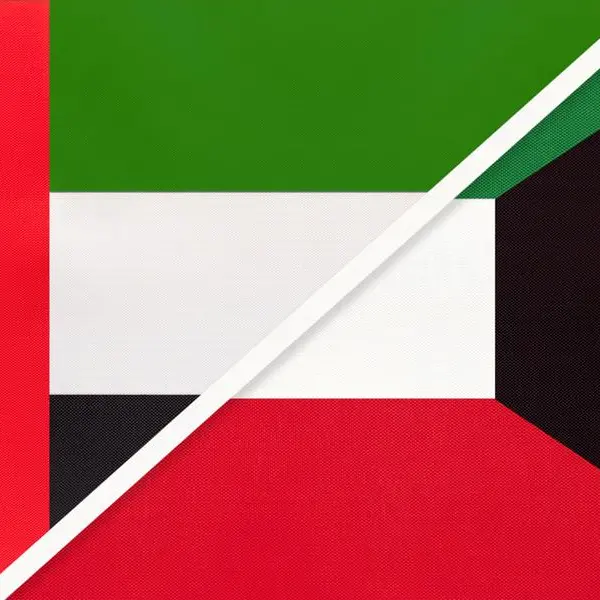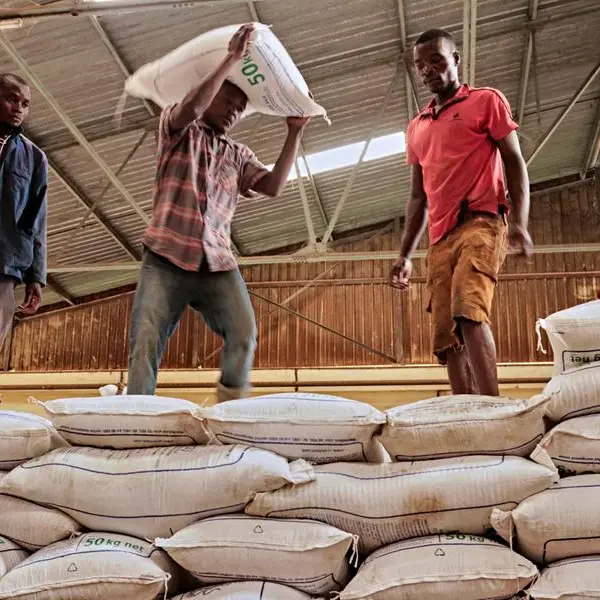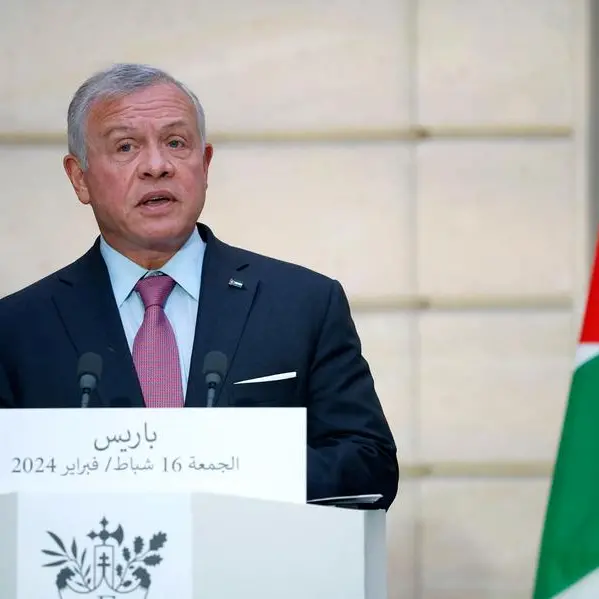PHOTO
06 October 2016
JEDDAH: Saudi Arabia has enough tools at its disposal to avoid any devaluation in the foreseeable future, according to a research note from Credit Suisse released Wednesday.
“We believe concerns about the peg are misplaced and that the risk of devaluation is negligible,” said the Credit Suisse economists.
“There are two primary reasons for our conviction. First, the political and economic costs are far too high. A devalued riyal would certainly reduce fiscal deficit, but at the cost of significantly higher imported inflation. Keeping consumer prices under control has always been a priority in Saudi Arabia and has become all the more so since the Arab Spring,” said the research note.
“We would therefore expect the government to avoid any policy that could result in basic necessities becoming materially more expensive,” added the economists.
“We also note that the US dollar peg also plays an important role in the credibility of the central bank and its monetary policy. A devaluation could destabilize the financial framework of the country (and by extension, of the broader Gulf region as well) and, in a worst case scenario, it could trigger significant capital flight,” the report added.
It noted that Saudi Arabia has enough tools at its disposal to avoid any devaluation in the foreseeable future.
Foreign exchange reserves are 15 percent lower YoY and 23 percent lower than their mid-2014 peak, but at about $550 billion, the reserves are still close to 100 percent of GDP and provide adequate cushion for defending the peg. This number does not include Saudi Arabia’s holdings of US treasuries totaling $96 billion (down from recent peak of $124 billion in January 2016), according to Credit Suisse.
“We believe this number significantly understates Saudi Arabia’s full holdings of treasuries, much of which are likely to be with external managers,” said the economists.
The report points out that Kingdom enjoys one of the lowest debt-to-GDP ratios in the world, which is expected to jump to a 10- year high of 17 percent this year as Saudi Arabia issues its first international bond, expected to be $15 billion.
“We expect debt-to-GDP levels to reach toward 50 percent by 2020/21, in line with the government’s guidance. This translates to a heady issuance of roughly $400 billion from end- 2015 levels. Appetite for Saudi papers remains robust, but such a huge pipeline of issuance in a relatively short timeframe will undoubtedly push up the cost of borrowing eventually. However, we believe the increased debt will be sufficient to cover budget deficits in the coming years,” the economists stated.
JEDDAH: Saudi Arabia has enough tools at its disposal to avoid any devaluation in the foreseeable future, according to a research note from Credit Suisse released Wednesday.
“We believe concerns about the peg are misplaced and that the risk of devaluation is negligible,” said the Credit Suisse economists.
“There are two primary reasons for our conviction. First, the political and economic costs are far too high. A devalued riyal would certainly reduce fiscal deficit, but at the cost of significantly higher imported inflation. Keeping consumer prices under control has always been a priority in Saudi Arabia and has become all the more so since the Arab Spring,” said the research note.
“We would therefore expect the government to avoid any policy that could result in basic necessities becoming materially more expensive,” added the economists.
“We also note that the US dollar peg also plays an important role in the credibility of the central bank and its monetary policy. A devaluation could destabilize the financial framework of the country (and by extension, of the broader Gulf region as well) and, in a worst case scenario, it could trigger significant capital flight,” the report added.
It noted that Saudi Arabia has enough tools at its disposal to avoid any devaluation in the foreseeable future.
Foreign exchange reserves are 15 percent lower YoY and 23 percent lower than their mid-2014 peak, but at about $550 billion, the reserves are still close to 100 percent of GDP and provide adequate cushion for defending the peg. This number does not include Saudi Arabia’s holdings of US treasuries totaling $96 billion (down from recent peak of $124 billion in January 2016), according to Credit Suisse.
“We believe this number significantly understates Saudi Arabia’s full holdings of treasuries, much of which are likely to be with external managers,” said the economists.
The report points out that Kingdom enjoys one of the lowest debt-to-GDP ratios in the world, which is expected to jump to a 10- year high of 17 percent this year as Saudi Arabia issues its first international bond, expected to be $15 billion.
“We expect debt-to-GDP levels to reach toward 50 percent by 2020/21, in line with the government’s guidance. This translates to a heady issuance of roughly $400 billion from end- 2015 levels. Appetite for Saudi papers remains robust, but such a huge pipeline of issuance in a relatively short timeframe will undoubtedly push up the cost of borrowing eventually. However, we believe the increased debt will be sufficient to cover budget deficits in the coming years,” the economists stated.
© Arab News 2016
